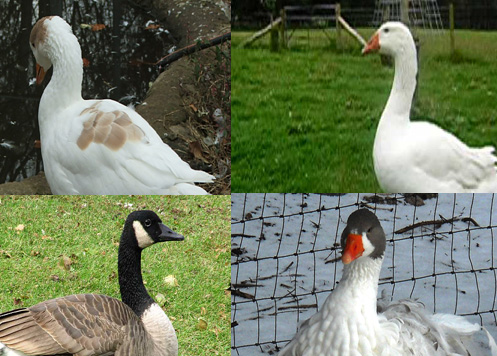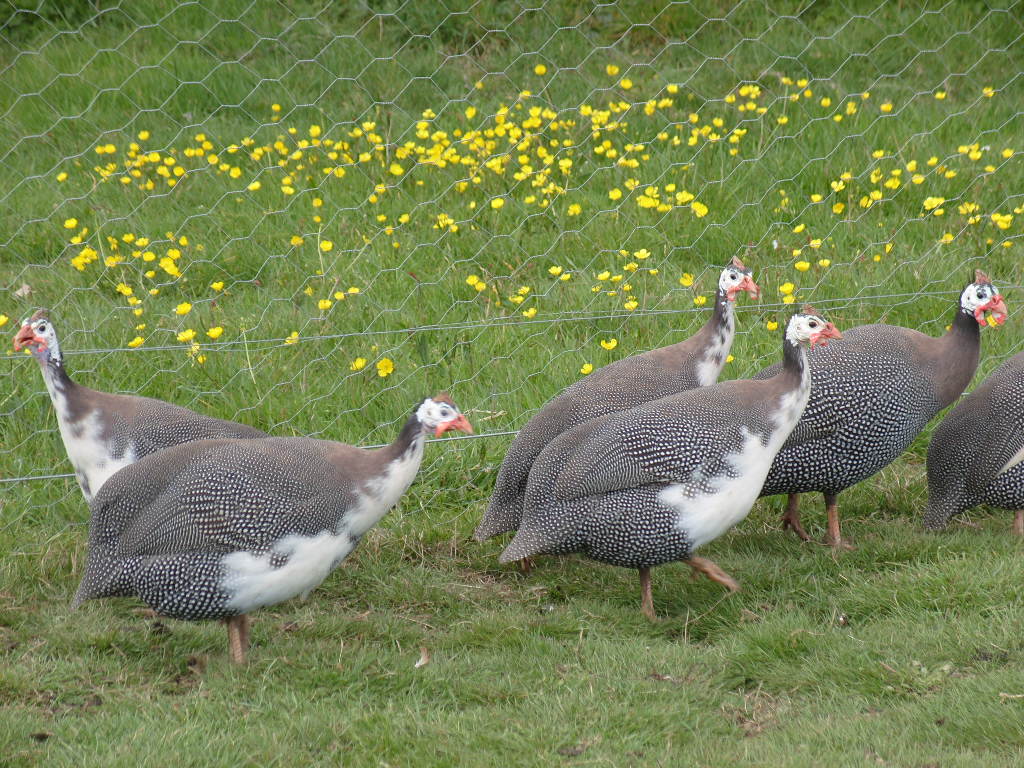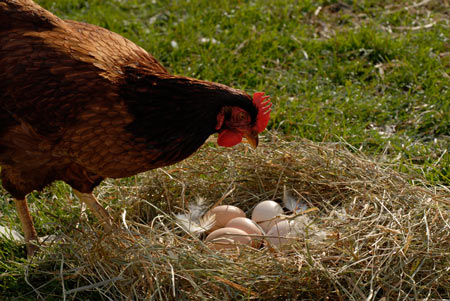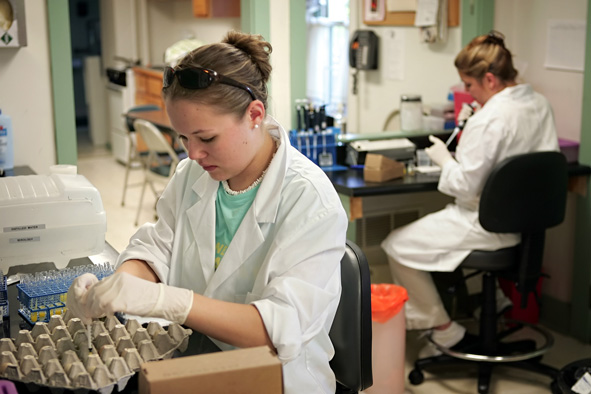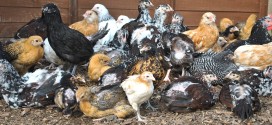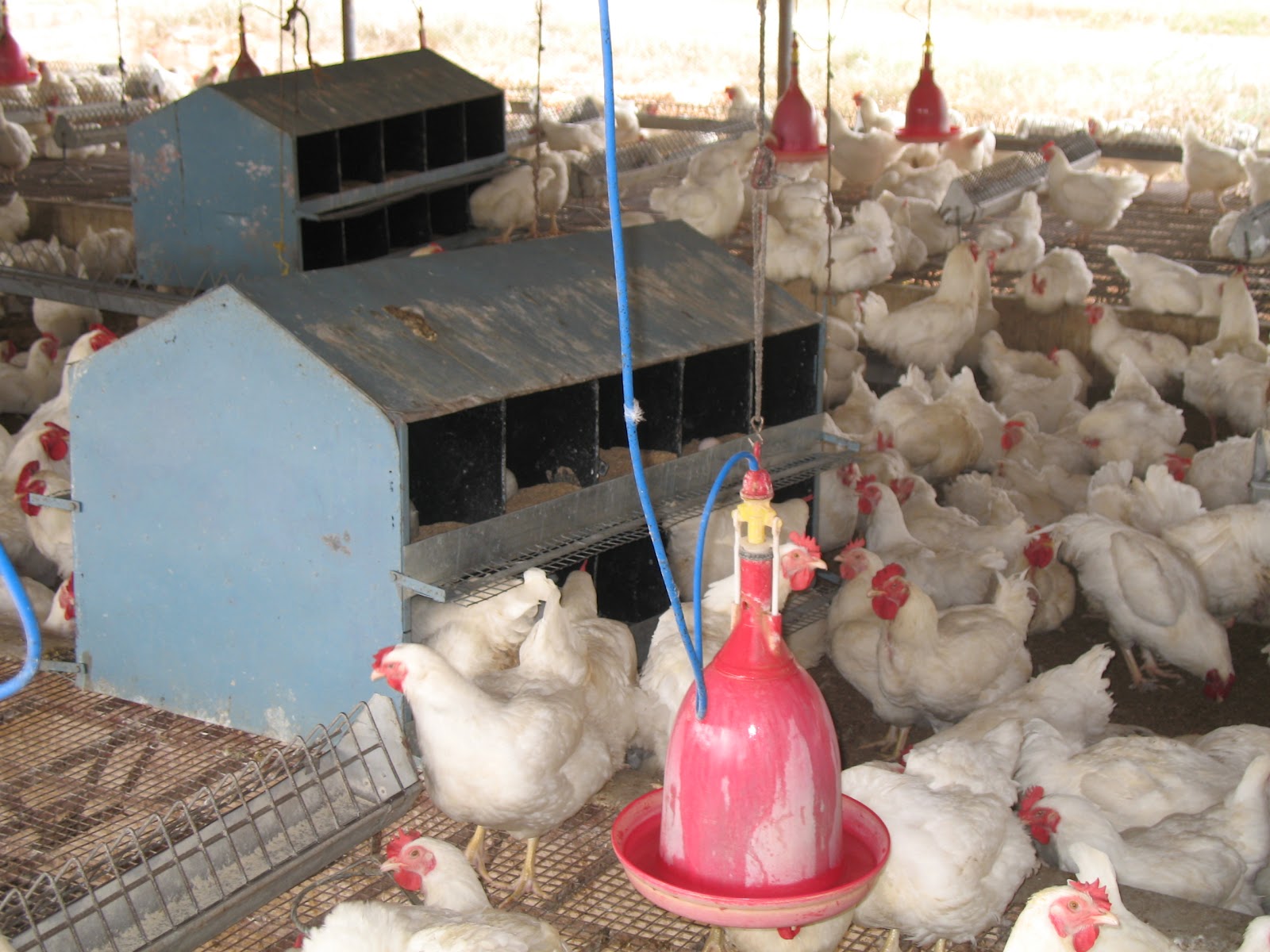When it comes to knowing the facts and information about geese, then surely a number of breeds stand out among all others. All of the ancestors of the domestic geese had been derived from the wild species of those times. The European breeds are believed to have originated from the graylag class while the Asian breeds had been obtained from …
Read More »Articles
Rearing, Incubation and brooding Guinea Fowl
Have you ever noticed what exactly guinea bird looks like? They have that nosy and officious look because their body has gray fur over all, which makes it look like a baggy grayish suit. Most of the time I have seen guinea haste through the backyard. Moreover, as soon as it’s dawn, they start to scour the garden for ticks, …
Read More »A brief guide to broiler management/factors considered for broiler rearing
MANAGEMENT OF BROILERS The desired weight at earlier age with efficient feed conversion ratio (FCR) with minimum mortality is prime objectives of broiler rearing. The management system used for commercial broiler rearing is probably more standardized nowadays than any other arrangements in poultry production. They are preferably reared on deep-litter to prevent bruising of muscles due to cages. A trend …
Read More »Selecting the most suitable breed of turkeys for your flock
Raising some friendly breeds of turkey is really enjoyable. Moreover, if you bring them up at your home based settings, then you would be able to enjoy a number of flavored meats. At the same time, this strategy is also useful in saving some money. In this regard, you can make use of a number of old as well modern …
Read More »16 Reasons that May Lead to Decrease in Egg Production
A large number of people love to keep backyard chickens for egg production. There might be numerous reasons for this habit. But it really feels amazing to collect eggs from all the next boxes. In other words, gathering eggs from the nest boxes is one of the greatest joys of keeping the backyard chicken. If dealt in a proper manner, …
Read More »Breeding and Rearing of Geese
Of all forms of the domestic birds, the geese are the ones that can be termed to be the fastest growers. They are quite hardy and can become disease free if kept under constant care. Although a small number of these animals are kept in the poultry settings, there is still a lot of scope for the raising geese industry …
Read More »5 Latest Poultry Researches News 2013
The poultry industries all over the world have been subject to a wide range of advances in the past decades. These advances are not limited to the use of technology, but also involve some major advancement in the medicine and farming techniques. These frontiers also include the use of various diets and foods which are directed towards the betterment of …
Read More »Caring and Raising Ducklings
Are you contemplating about raising these cute little darlings or how to take care of ducks? At times of the Easter Season, these ducklings do find their way into the beautiful gift baskets. For the purpose of caring and raising ducklings, you should always have all sorts of information about ducks. In comparison to other birds, the ducklings are relatively …
Read More »Guide to Select a Right Breeds of Chickens For Backyard
At the time of launching a poultry farm you do have a wide array of choices to choose from. Chickens have been kept by humans for thousands of years now for a number of different purposes. Due to this domestication, a number of breeds of chicken have been resulted. In a similar way to animals that come in different types, …
Read More »Nutrition Guide of Broiler for High Quality Meat
Introduction Poultry producers all around the world are now focusing on the production of some high quality meat. The prime reason for this can be linked to the increase in the consumer concerns about the quality of poultry they consume. Due to the rapid growth of the HACCP, it is now vital for them to standardize all the phases of …
Read More »